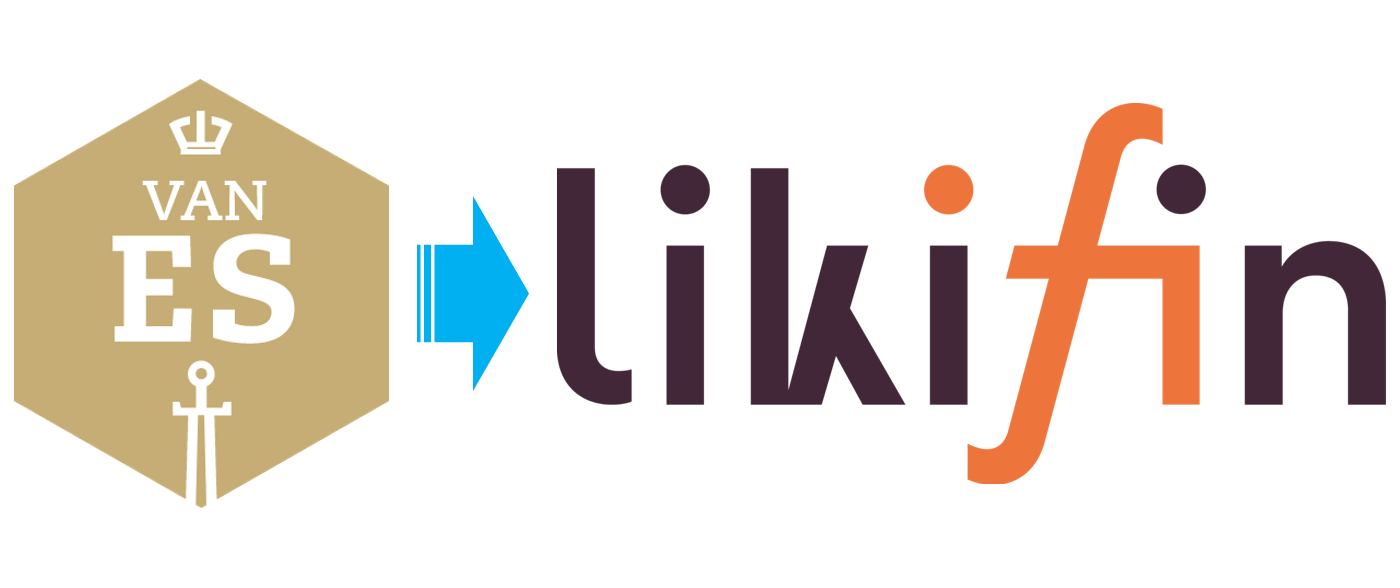Due to stricter EU regulations, there is a lot of attention on GDPR cookie banners and third-party cookies. These tighter regulations and increased enforcement have a direct impact on the amount of data you can collect. In this article, we explain what has changed and how you can use server side tagging in combination with a GDPR cookie banner to minimize data loss.
Keep your online marketing performance on track
Keep your online marketing performance on track
Online marketing relies on data. How many people visited the website, how long did they stay, what actions did they take, and how many conversions did we achieve? This data is essential for optimizing your online marketing. Stricter regulations are, therefore, a daunting prospect. How do you collect this crucial data when current methods are being restricted? Over the past few months, we’ve delved into the world of EU regulations, cookie banners, and server side tagging to answer that very question. With the solution below, your online marketing performance will stay on track while ensuring compliance with the GDPR. This way, you’ll have everything legally covered while still maximizing the amount of data you collect.
Stricter EU rules for GDPR and cookie banners

We wrote a blog about it last year: third-party cookies are disappearing gradually. As the EU continues to tighten its oversight on the use of third-party cookies, more and more web browsers are blocking them by default. Safari and Firefox, for example, already do this, and Chrome has announced plans to follow suit. Third-party cookies are used for tools like Google Analytics, Google Ads, and LinkedIn Ads, allowing you to track what website visitors have done.
The fact that third-party cookies are being blocked by web browsers has implications for the amount of data you can collect and analyze through those tools. This immediately reduces your control over your online marketing. That’s why, earlier this year, we started testing with server side tagging (SST).
From Third-Party to First-Party Cookies with Server-Side Tagging
Server-side tagging involves placing first-party cookies on your website that collect data and then send it to your own server. From there, the relevant data is forwarded to tools like Google Analytics, Google Ads, LinkedIn, Meta, and so on. Since you are now using your own server with first-party cookies, you become the data collector instead of a third party. As a result, data collection is not automatically blocked. This approach saves a significant amount of data. However users still retain control over the data they choose to share.
GDPR-proof and EU-compliant
Advantages of Server-Side Tagging with the Right GDPR Cookie Banner:
- GDPR Cookie Banner in Compliance with EU Regulations: Data is collected and then sent first to a server that you manage. Only the necessary data is then sent to third parties – in accordance with the consent given in the cookie banner. By not leaving the selection of forwarding personal data to third parties, the privacy of the customer is better safeguarded.
- Server Location: By managing your own server, you can decide where the data is processed and stored. For example, you can keep it in the EU to ensure it is GDPR-compliant.
- More Complete Data: Since you’re not using third-party cookies for data collection, you are not affected by ad blockers and browser settings that automatically block these cookies. This means you collect data from more website visitors than before.
- Faster Website: First-party cookies are lighter than third-party cookies. Consequently, fewer scripts and codes need to be loaded when a visitor comes to your site, resulting in faster page load times. This benefits both the user experience and is also considered by Google for SEO and SEA performance.
- Security: By loading fewer scripts on the website, you reduce the risk of data theft or misuse by malicious parties.
How do you manage this?
How do you manage this?
The implementation is technically complex. Therefore, we have investigated how to best manage this and which tools to use.
Need help with the setup?
Need help with the setup?
If you already have a GDPR-compliant cookie banner on your website, we can set up server-side tagging for €500 per website. This is exclusive of subscriptions for the cookie consent banner and, depending on the number of website visitors, for TAGGRS cloud storage.
Prices for Server-Side Tagging with or without GDPR Cookie Banner Implementation
| In combination with a cookie banner implemented by us | With an existing GDPR-compliant cookie banner | |
| Per website | €900*, one-time | 500 euro*, one-time |
| Subscription per website (estimate) | 50 euro*, per month | 25 euro*, per month |
To conclude: our recommendation
To conclude: our recommendation
We recommend setting it up this way. You can then continue with online marketing, knowing that you have everything legally in order and are collecting the maximum amount of data. This will ensure your website is prepared for a future where regulations and oversight are becoming increasingly stringent.












